Today, we’re going to break down the different types of bindings for snowblades and explain why release bindings are essential for longer models By the end, you’ll know exactly what type of binding is best for your snowblades and why it matters for safety and performance.
Types of Bindings for Snowblades
There are three main types of bindings used for snowblades: release ski bindings, non-release ski bindings, and snowboard bindings. Each of these binding types has its own strengths and weaknesses, so let’s take a closer look at each one.
1. Release Ski Bindings
Release ski bindings are the gold standard for ski safety. These bindings are designed to "release" your boot from the ski if too much pressure is applied during a fall or sudden stop, reducing the chance of injury, especially to your knees and ankles. They’re commonly used on traditional skis and longer snowblades because they provide a solid mix of performance and safety.
For snowblades longer than 99 cm, release bindings are the best and safest option. They’re sturdy enough to handle the increased speed and forces you encounter on longer skiblades, while also giving you peace of mind knowing you’re protected in case of a crash.
2. Non-Release Ski Bindings
Non-release ski bindings are a simpler, fixed option. These bindings don’t "release" in the event of a fall, meaning your boots stay attached to your snowblades no matter what. While this might sound risky, it’s less of an issue for shorter snowblades, which tend to be more maneuverable and forgiving. Plus, in case of a harsh fall, even non-release bindings will let go off your foot.
Shorter snowblades, especially those around 65 or 99 cm in length, often come equipped with non-release ski bindings. Since these blades are designed for slower speeds and quick, agile movements, the need for a release system is minimized. Non-release bindings also offer a more straightforward, no-fuss setup, which can be a bonus for casual riders or beginners.
3. Snowboard Bindings
Another type of binding used on some snowblades is snowboard bindings. These are strap-in bindings similar to what you’d find on a snowboard, offering great support and control. Snowboard bindings are often found on shorter skiblades, usually in the 65 - 99 cm range, as they provide a secure fit without the need for a release system.
Snowboard bindings are especially popular for riders who want to blend the experience of snowboarding and skiing. But if you have bigger calves or you simply don't like the awkward walk from parking lot to the slope in your ski boots, these are your go-to bindings.
Why Short Skiblades Don’t Use Release Bindings
When it comes to short skiblades, particularly those around 65 cm and shorter, release bindings simply aren’t an option. The compact size of these snowblades doesn’t provide enough room to fit traditional release bindings, which are bulkier and designed for longer skis.
This is why short skiblades are typically equipped with either non-release ski bindings or snowboard bindings. The need for a release mechanism is less critical on these shorter blades because they’re lighter, easier to control, and don’t reach the same high speeds as their longer counterparts. And fall with short skis does not usually lead to the same severe results, as with the long skis.
Why Release Bindings Are Ideal for Longer Snowblades
For snowblades longer than 99 cm, release bindings are the best choice for both safety and performance. Here’s why:
1. Increased Stability at Higher Speeds
As you move to longer snowblades, you’ll naturally ski faster. At higher speeds, having a secure, well-fitted binding becomes more important. Release bindings ensure that your boots are held firmly in place, providing the stability you need to carve turns and handle more aggressive skiing styles.
2. Safety in Falls or Collisions
One of the main reasons release bindings are favored for longer snowblades is their ability to release your boot during a fall. If you wipe out or hit an obstacle, the bindings will release, minimizing the risk of serious injury to your legs, knees, or ankles. This feature is especially important when skiing at higher speeds or on steeper terrain, where the forces involved in a crash can be significant.
3. Better for All-Mountain Skiing
Longer snowblades are often used for all-mountain skiing, which means you’ll encounter a variety of terrains, from groomed runs to powder and even moguls. Release bindings are more versatile in these conditions, offering better control and adaptability than non-release bindings. You can ski confidently knowing that your bindings will hold up no matter the terrain, while also having the security of the release feature in case things get rough.
Advantages of Release Ski Bindings
If you’re considering snowblades with release bindings, here are some key benefits you can expect:
As safe as it gets
As mentioned earlier, the release function is designed to protect your legs and joints during a fall. This is crucial for avoiding injuries in fast or unpredictable conditions. Needless to say, that when it comes to shorter skiblades (shorter than 99 cm), all types of bindings provide the same safety standard.
Better Performance
Since release bindings offer a more secure fit, you’ll experience better control and stability, particularly at higher speeds or on tougher terrain. This can make a big difference in your overall skiing experience, giving you the confidence to push your limits. But in regular condition and standard speed, all bindings work the same.
Versatility
With release bindings, you can use your snowblades for more than just casual rides. They work great for carving, off-piste ride, and even snowparks.
Snowfeet Skiblades with Release Bindings
Now that we’ve covered the benefits of release ski bindings, let’s look at some examples from Snowfeet, one of the leading brands in the short ski and snowblade world.
Snowfeet Skiblades 99 with Release Bindings
The Snowfeet Skiblades 99 are a fantastic choice for skiers who want a balanced blend of speed, control, and safety. These skiblades are long enough (99 cm) to handle higher speeds and more varied terrain, making them a great option for intermediate and advanced skiers. The release bindings on this model ensure that you have the safety and stability needed for aggressive turns and challenging runs. In case, you are tempted by the thought of trying some tricks in a snowpark, these skiblades got your back.
These skiblades are ideal for all-mountain skiing, offering versatility across groomed runs, powder, and even moguls. The release bindings give you the peace of mind to ski confidently, knowing that your gear is built for performance and safety.
Snowfeet Skiblades 120
For those who prefer longer blades, the Snowfeet Skiblades 120 are another excellent option. With 120 cm of length, these skiblades are perfect for skiers who want more stability at high speeds and in variable conditions. The release bindings on this model are specially designed to handle the extra forces that come with longer, faster skiblades, making them the safest option for more advanced skiing.
These skiblades excel in carving and handling a variety of terrains, from groomed slopes to backcountry powder. Whether you’re looking for a smooth, high-speed ride or tackling more technical terrain, the release bindings on the Snowfeet Skiblades 120 ensure you’re well-equipped for the challenge.
Conclusion
Release ski bindings are a great option if you want to go short but you don't feel confident about big changes in length of your skis and the type of bindings. They melt together the best version of bindings for long skis with the best lengths of short skiblades.

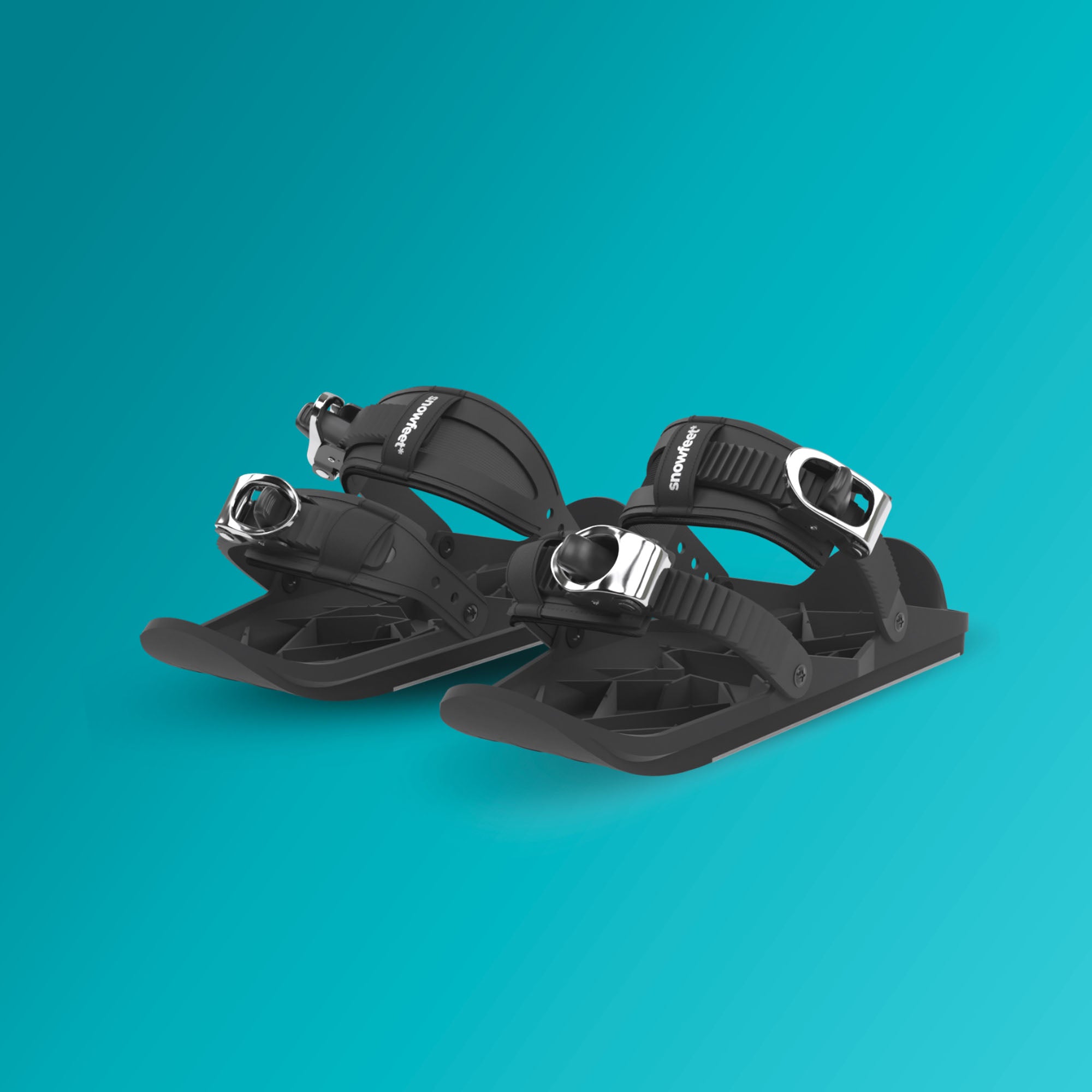


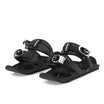
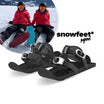

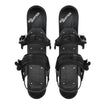


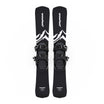
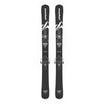
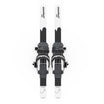
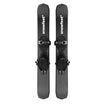
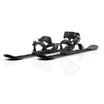
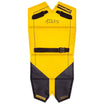

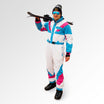
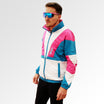
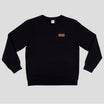
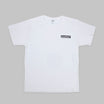
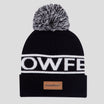
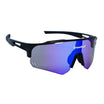
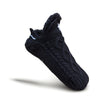
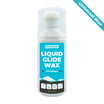
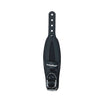
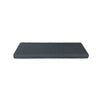
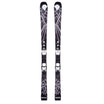

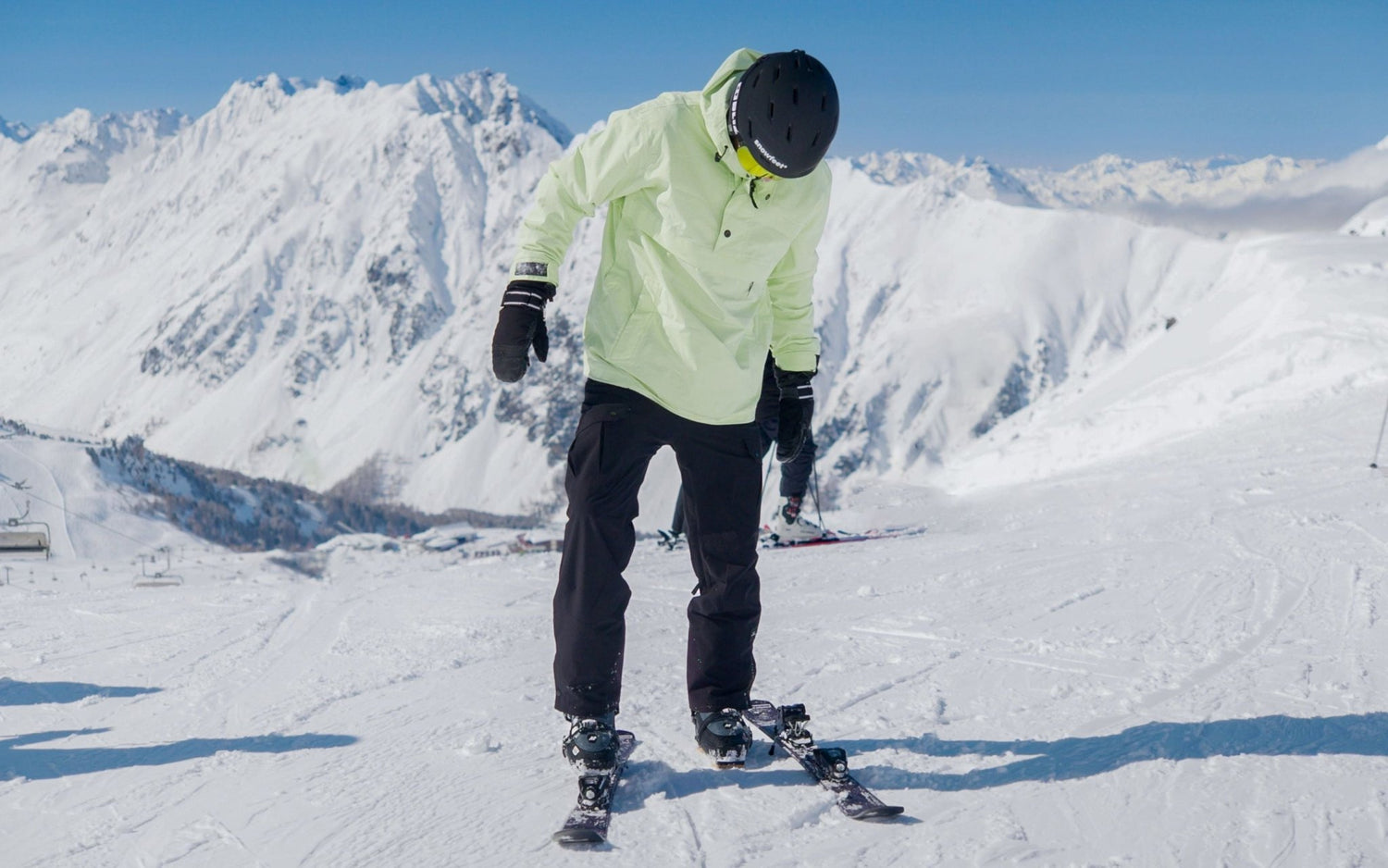











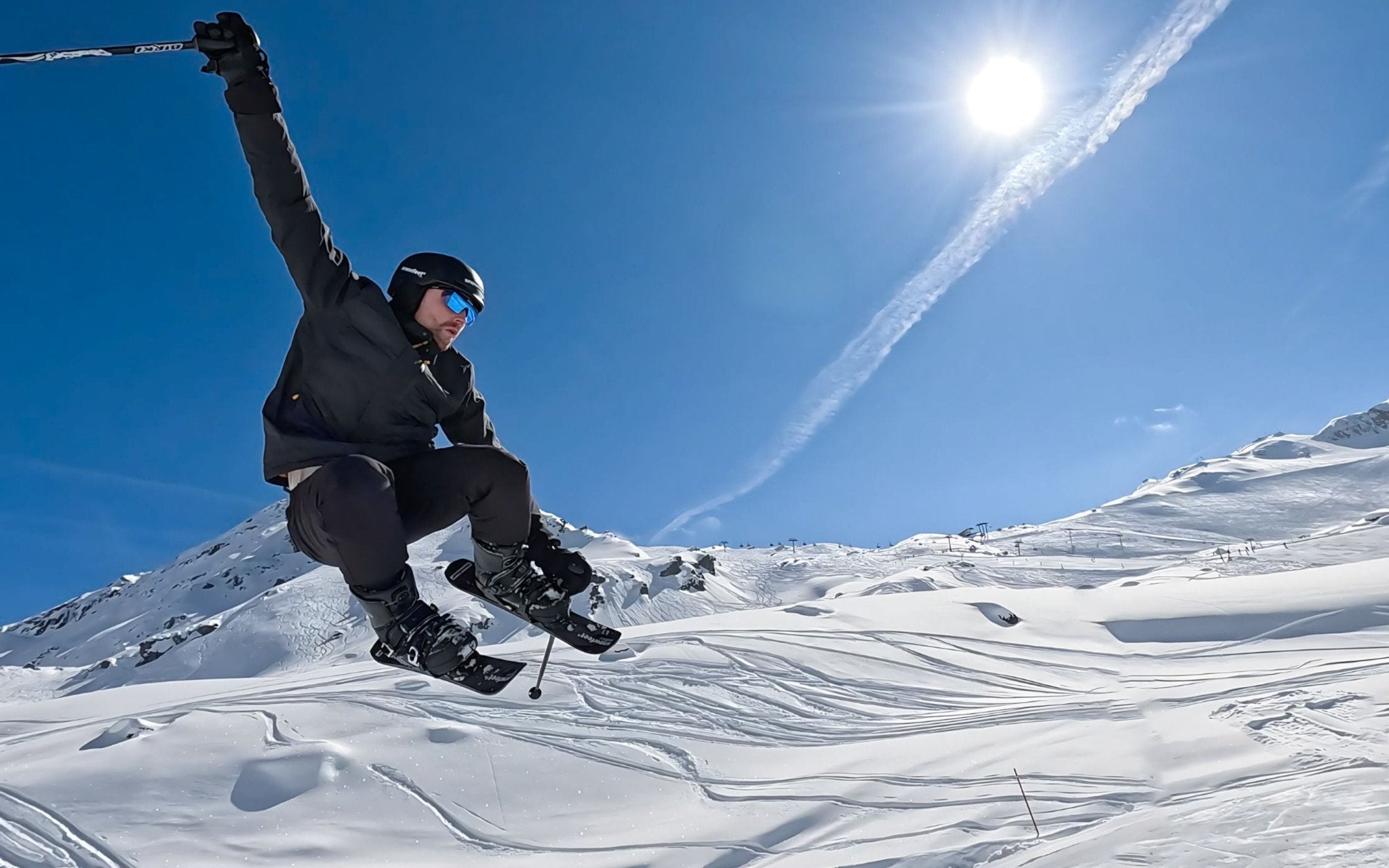
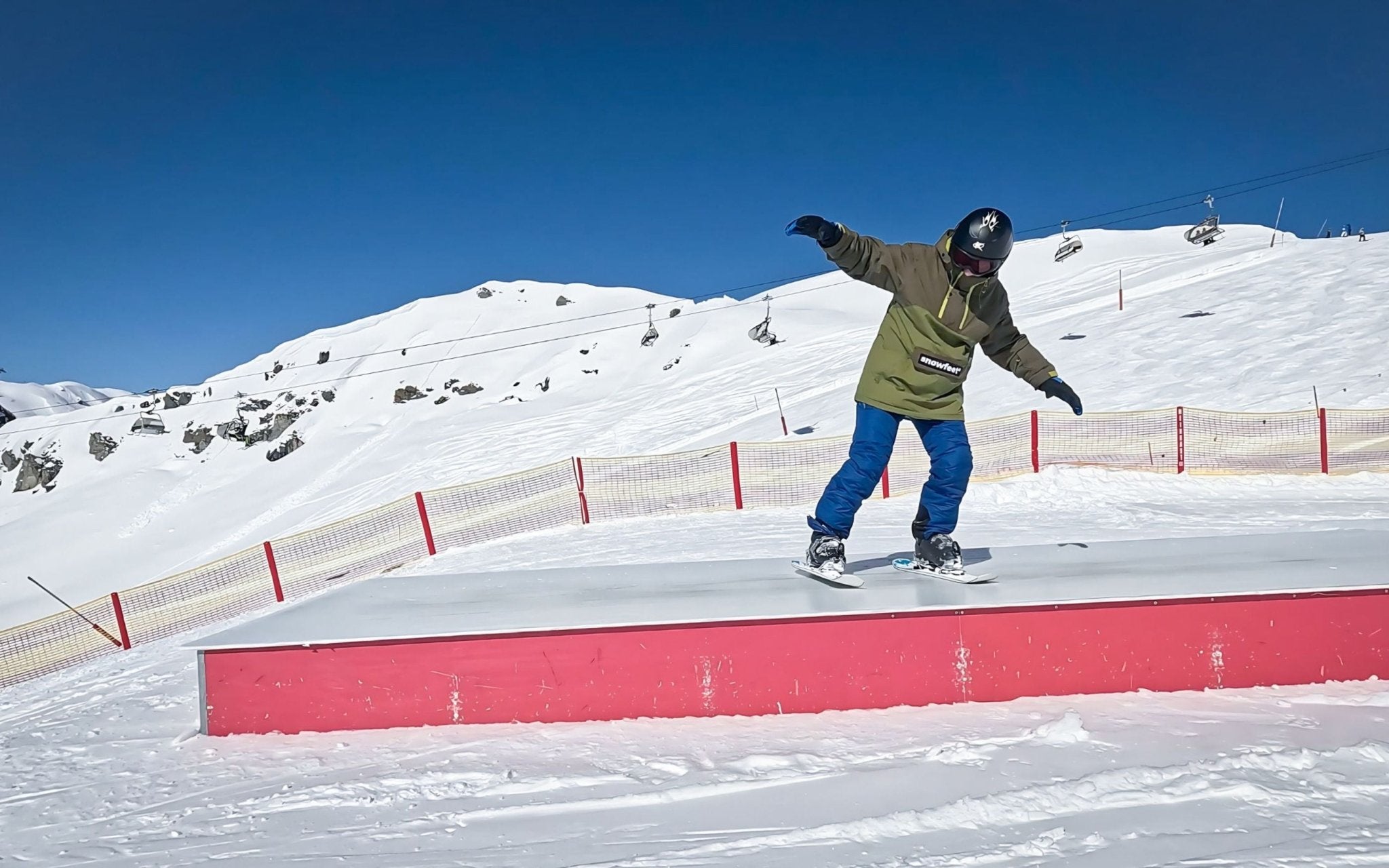
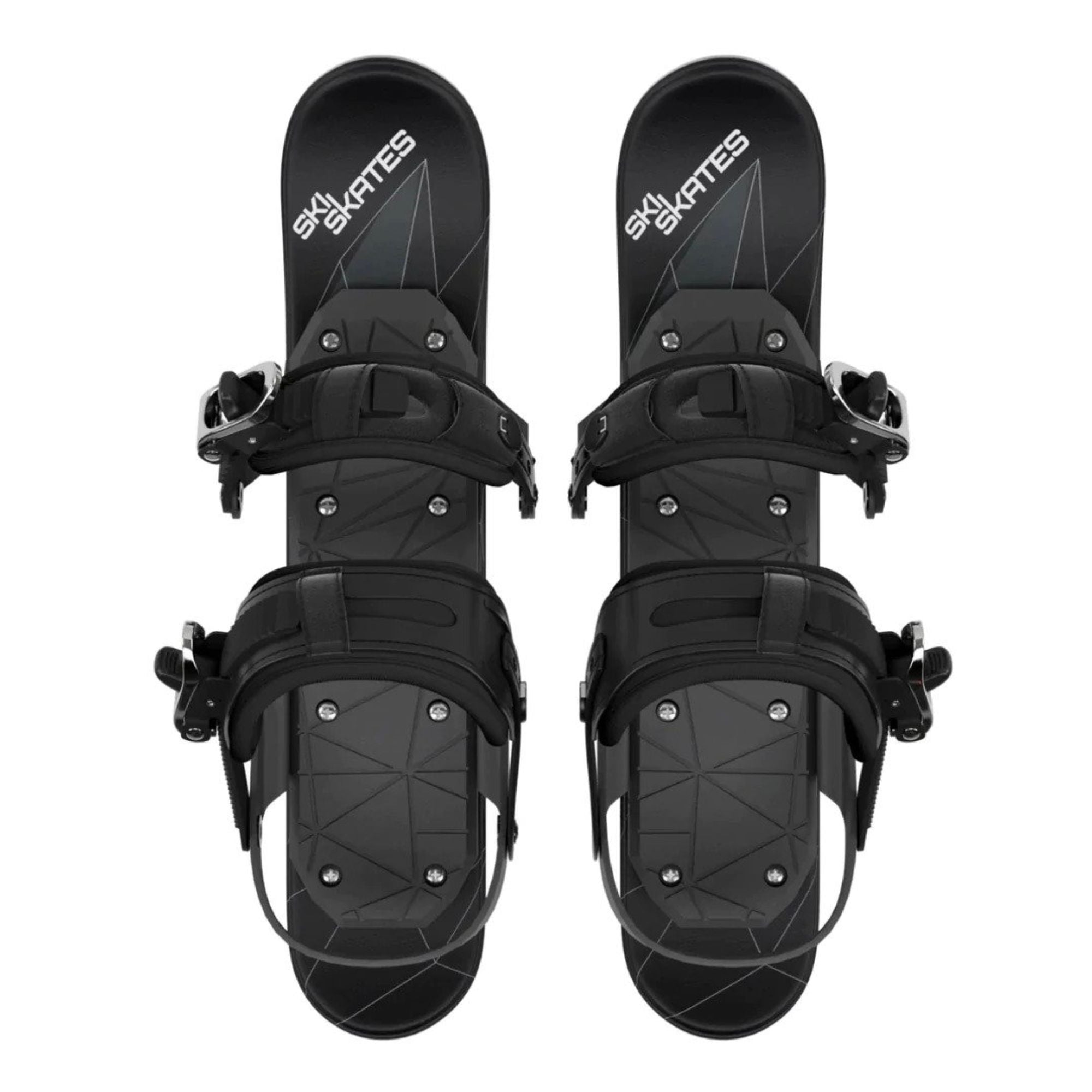
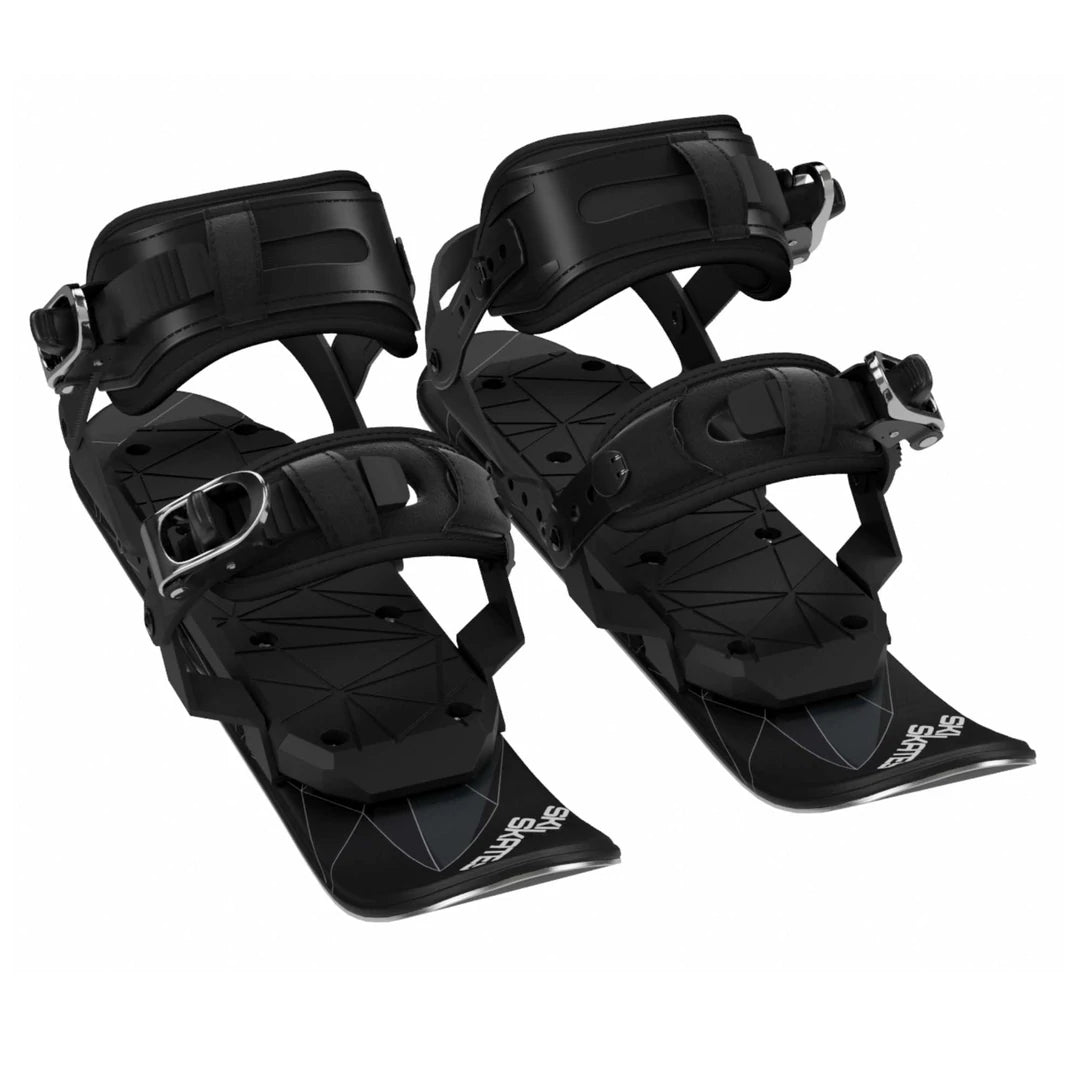
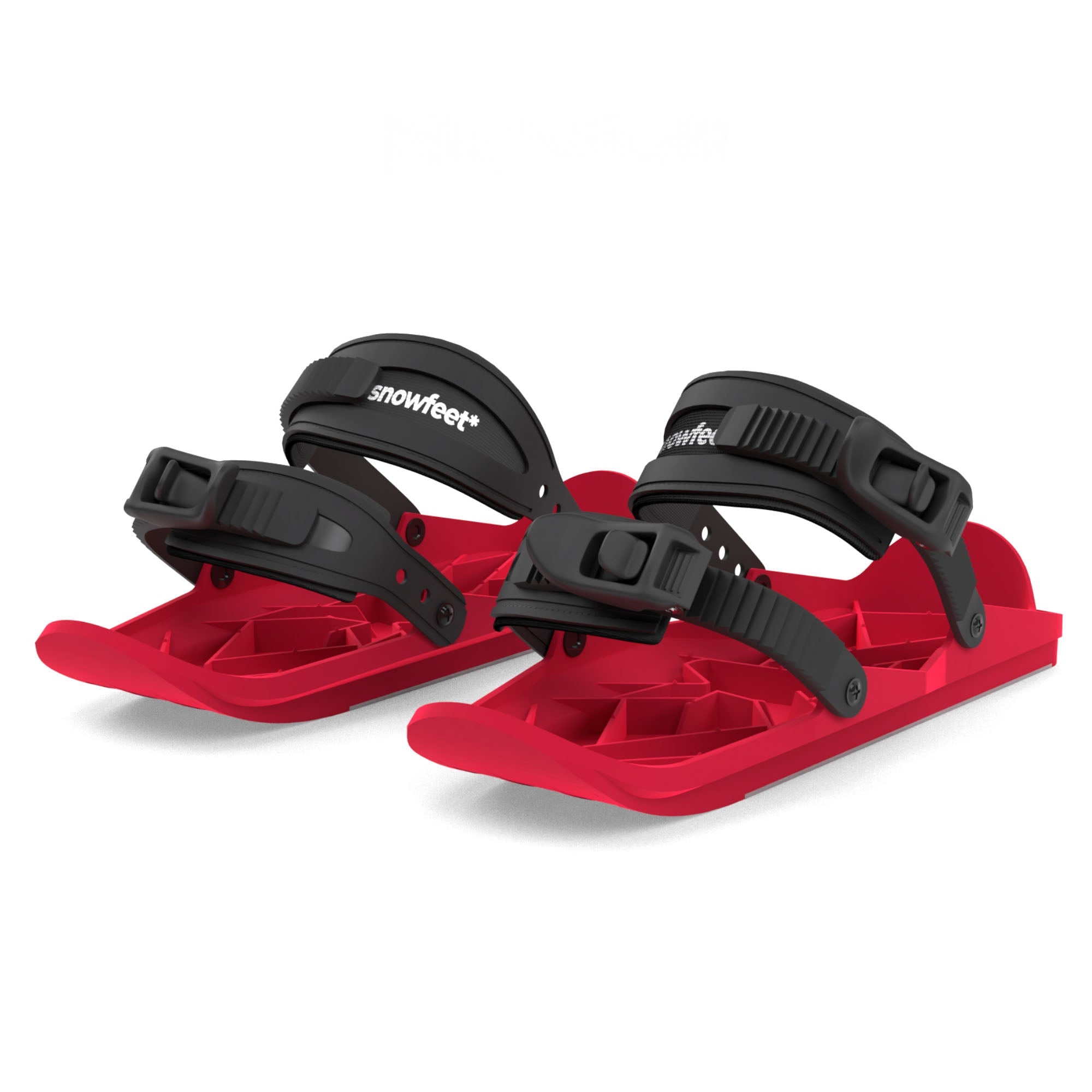
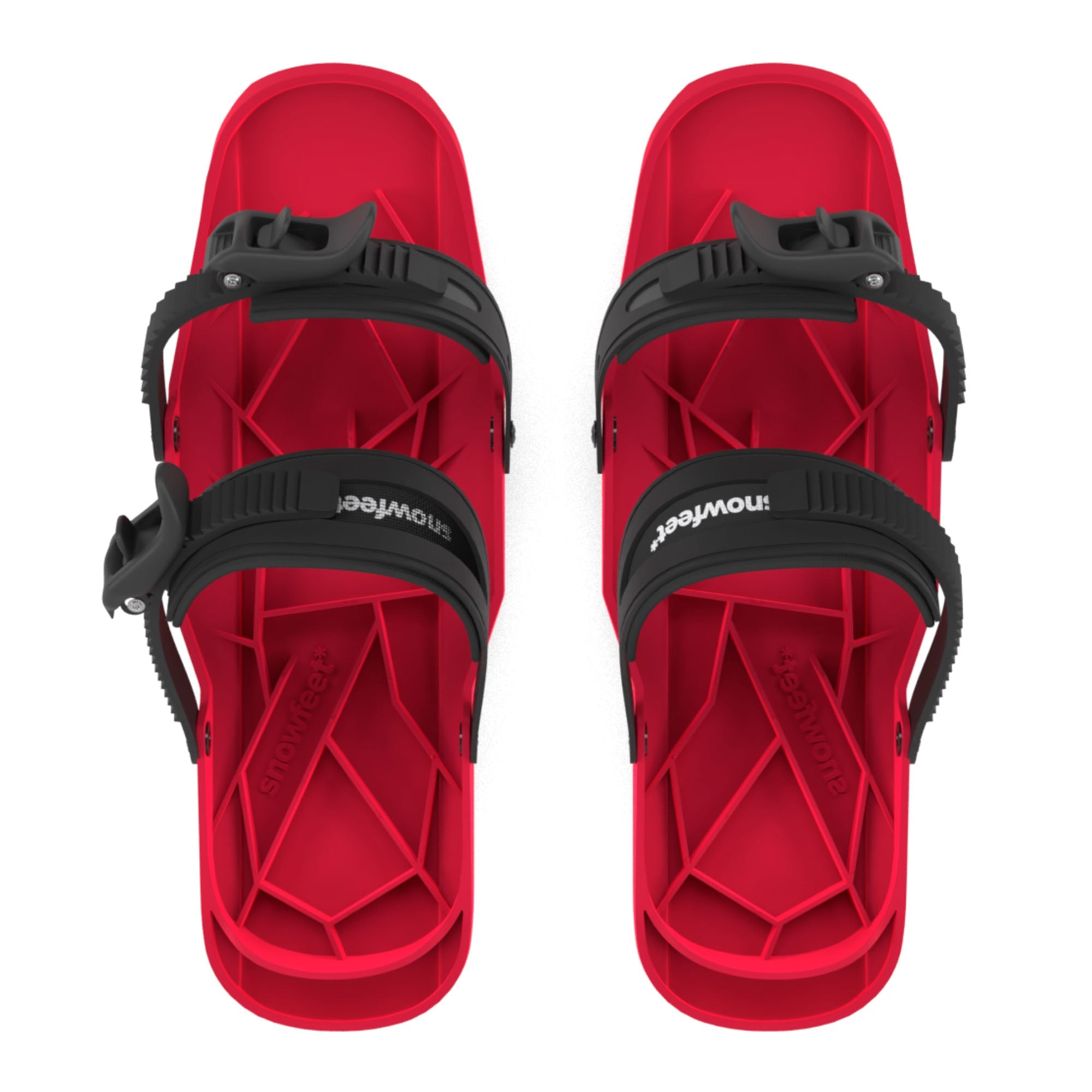




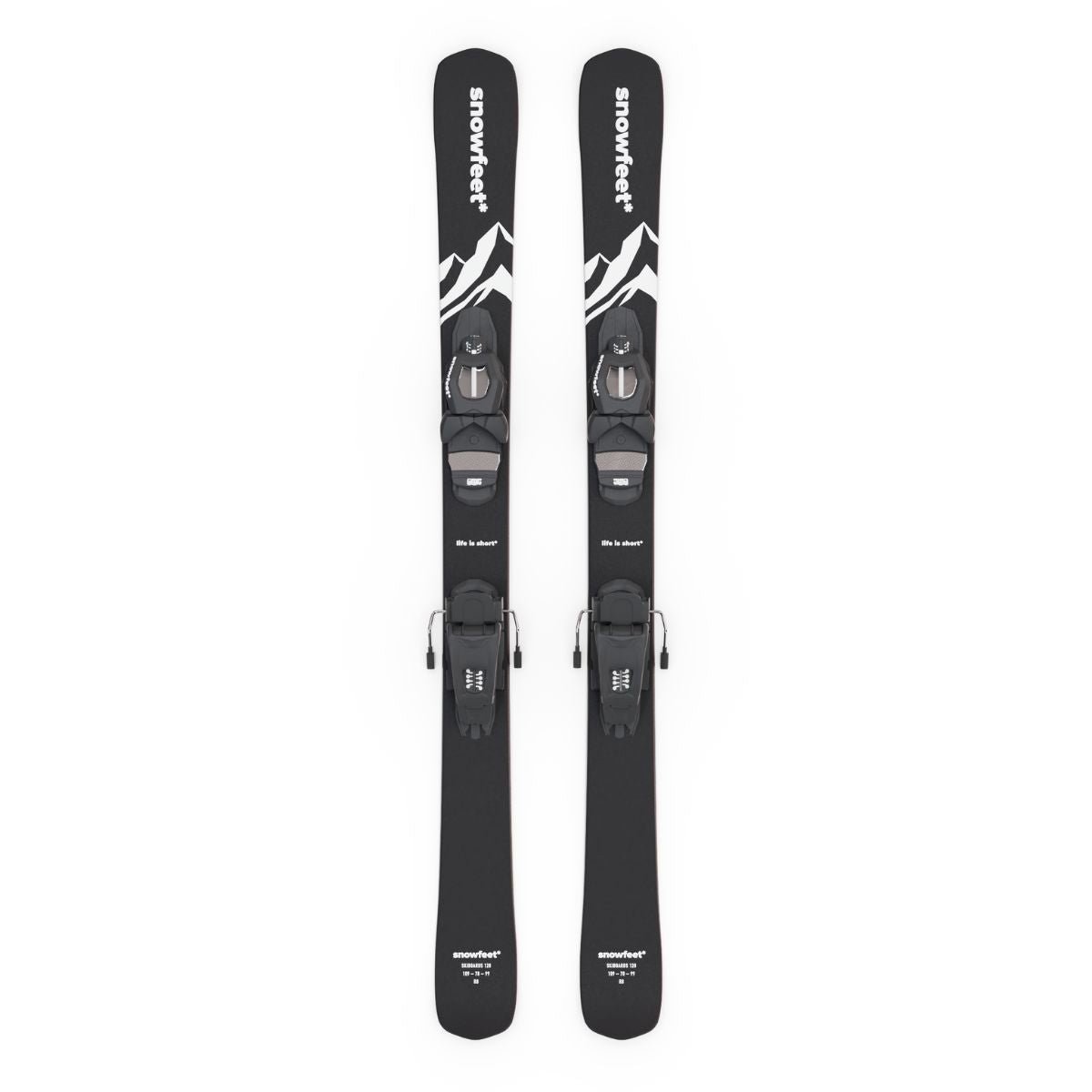
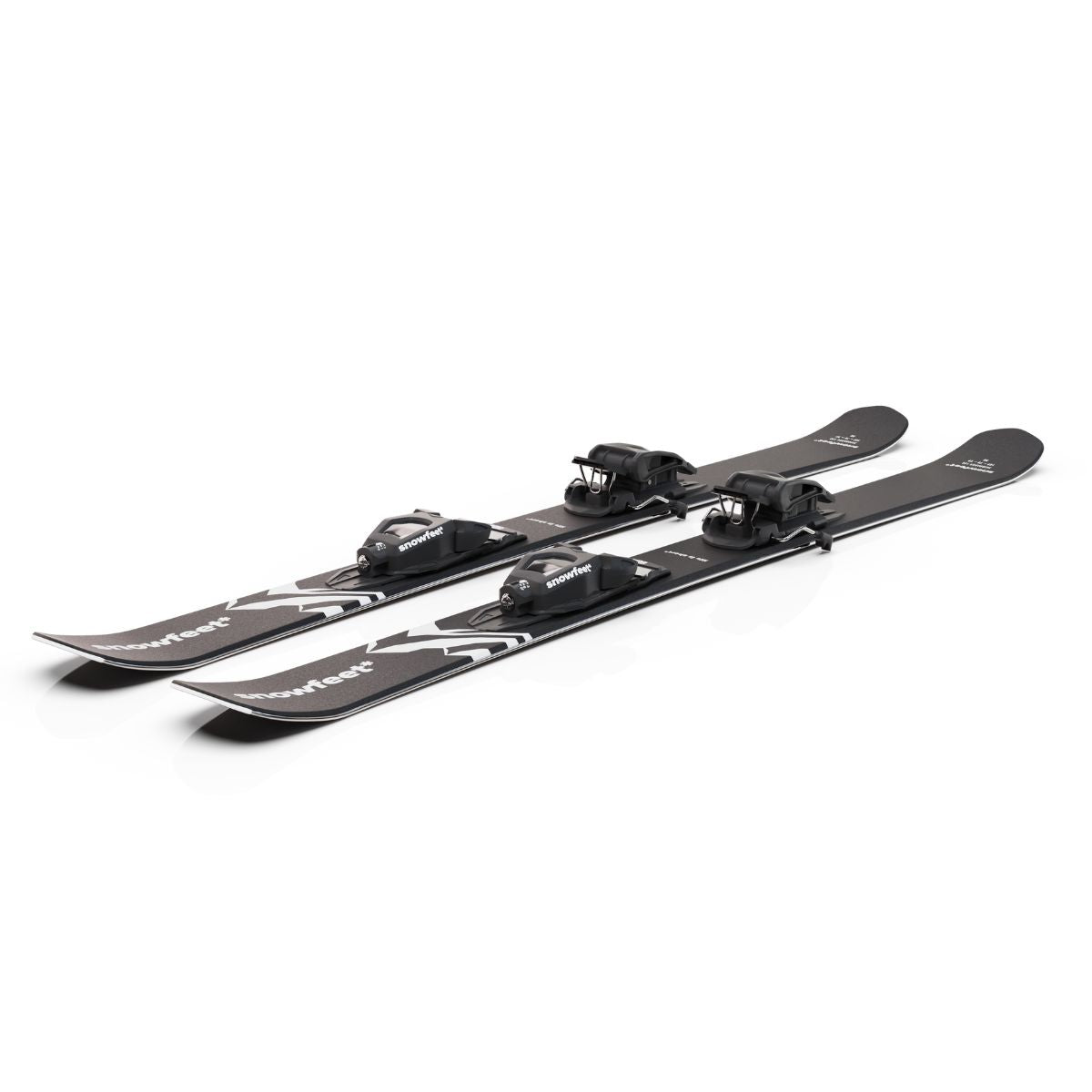
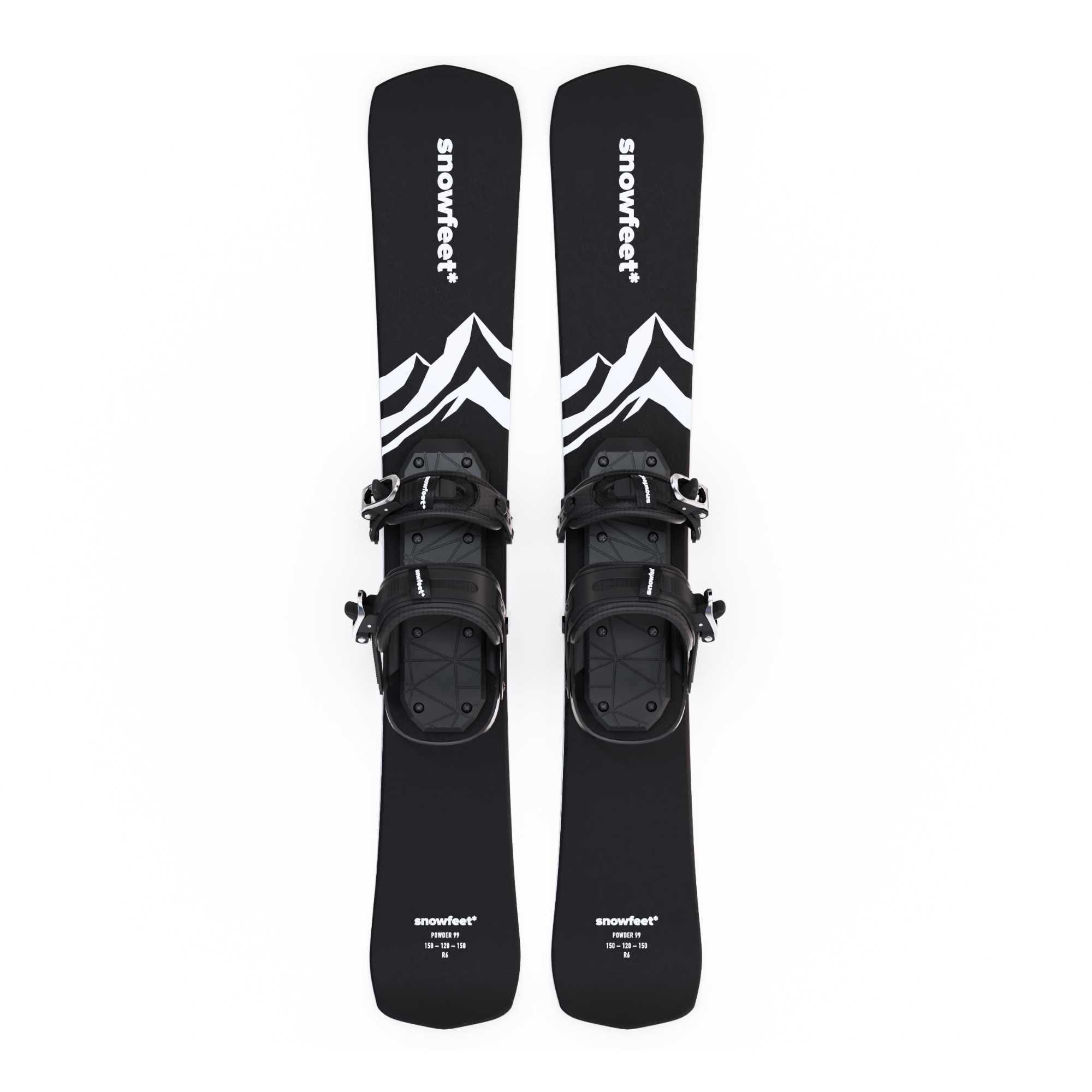
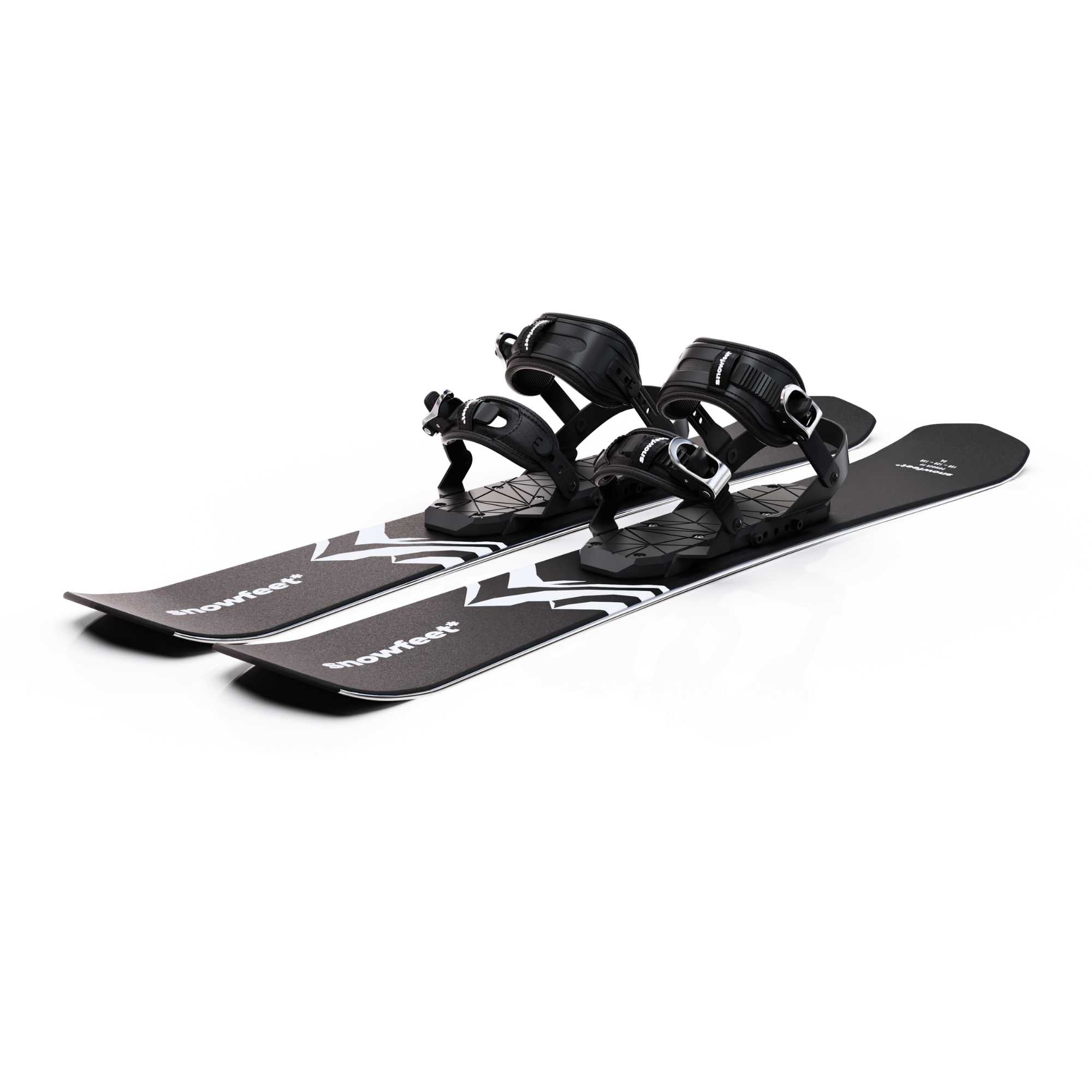
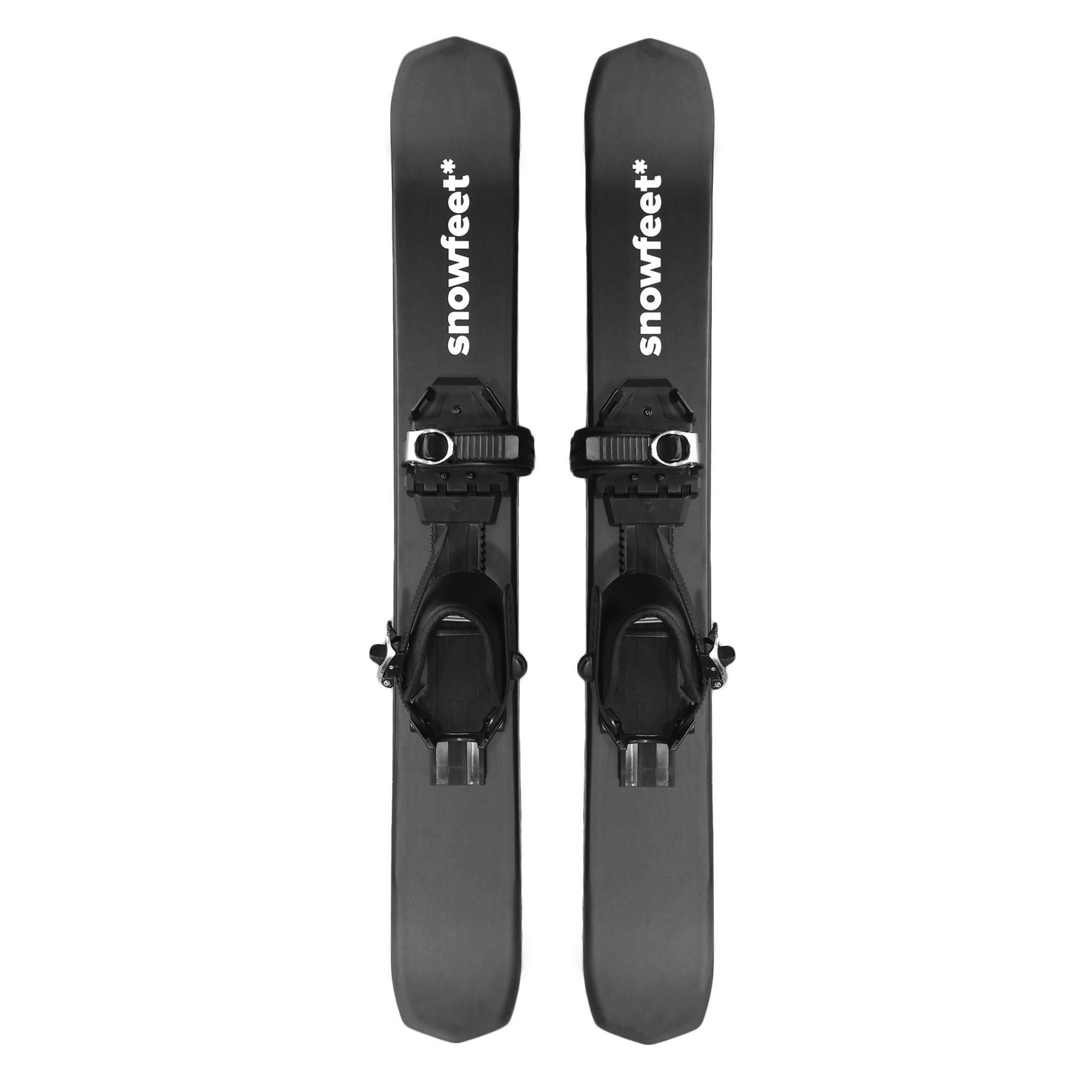
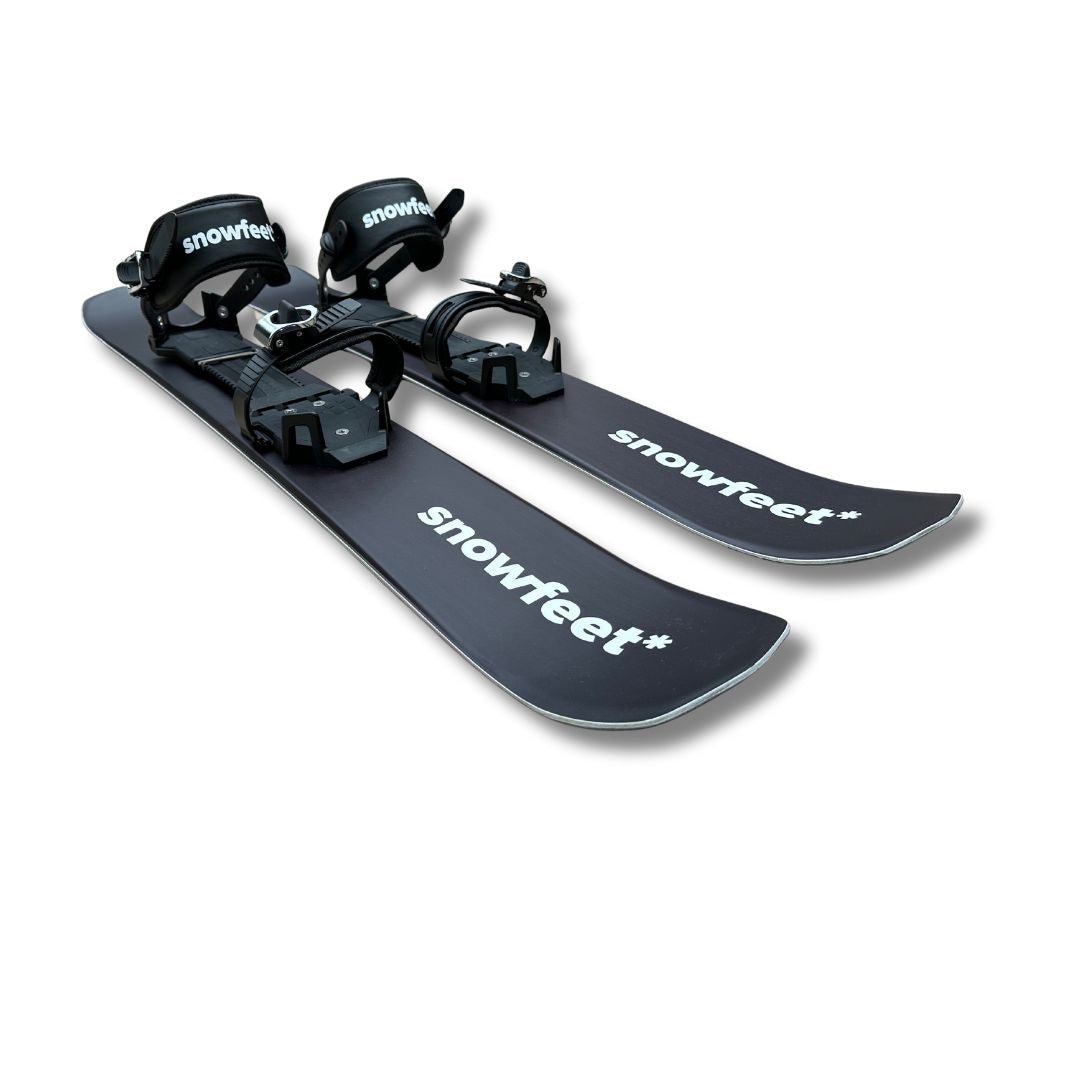
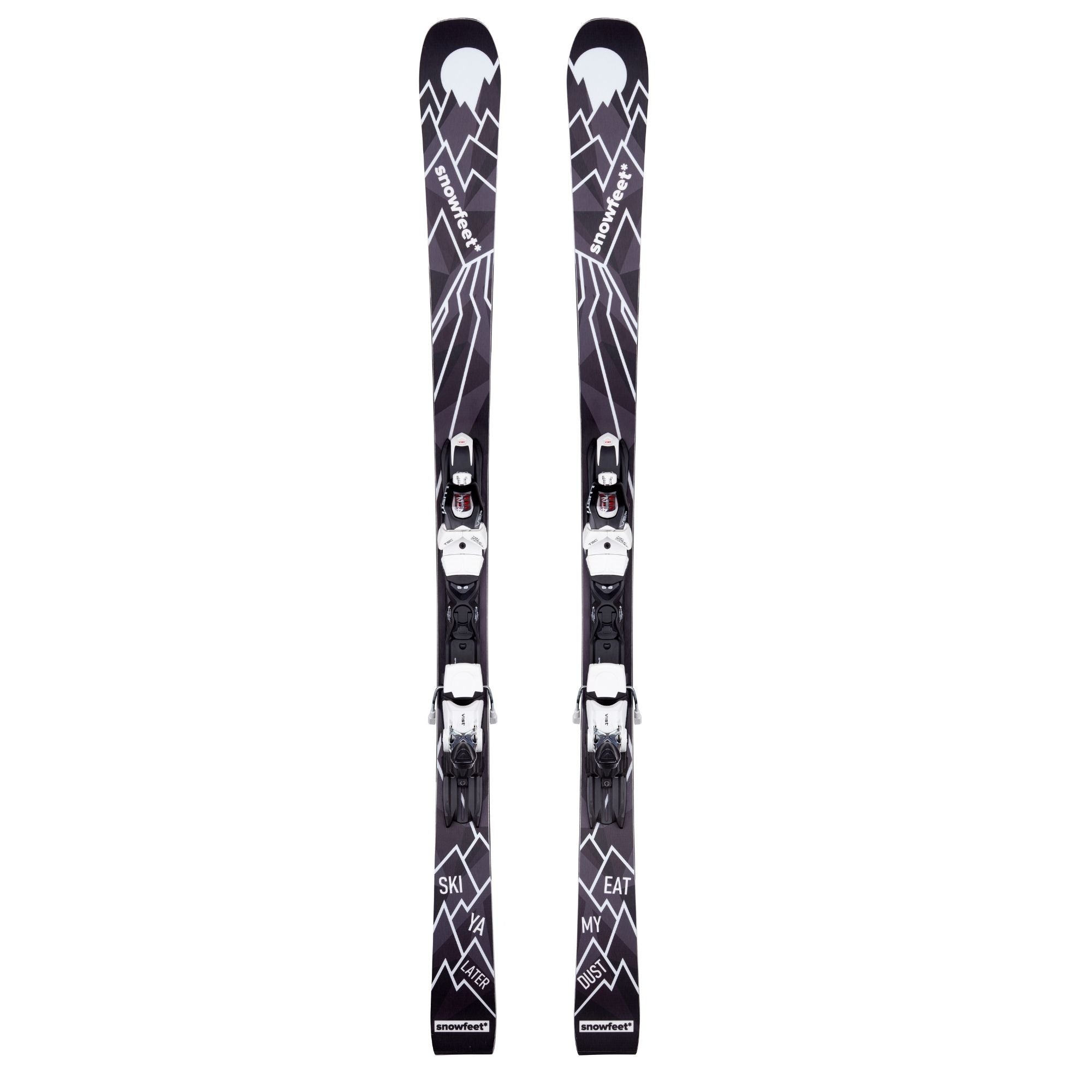
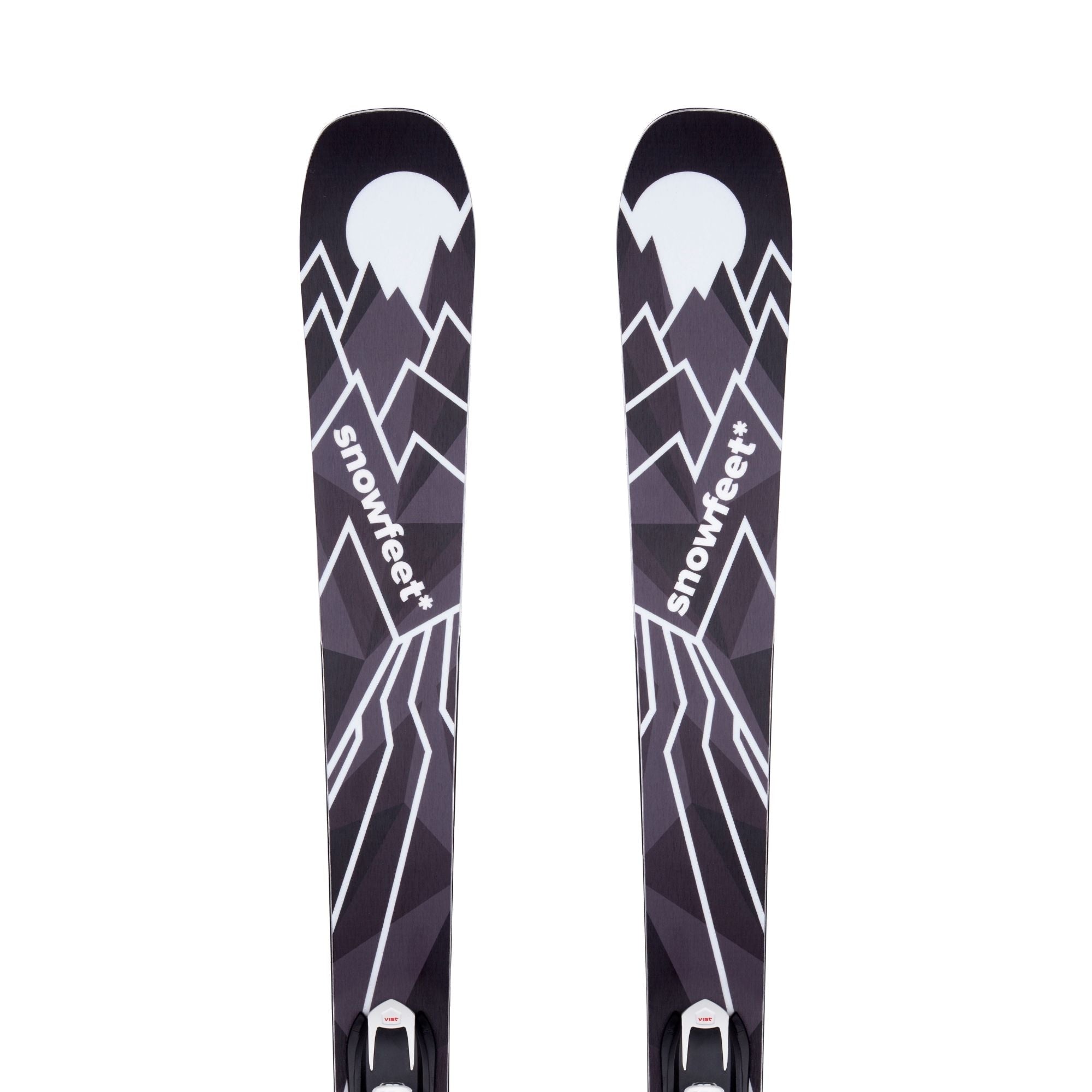
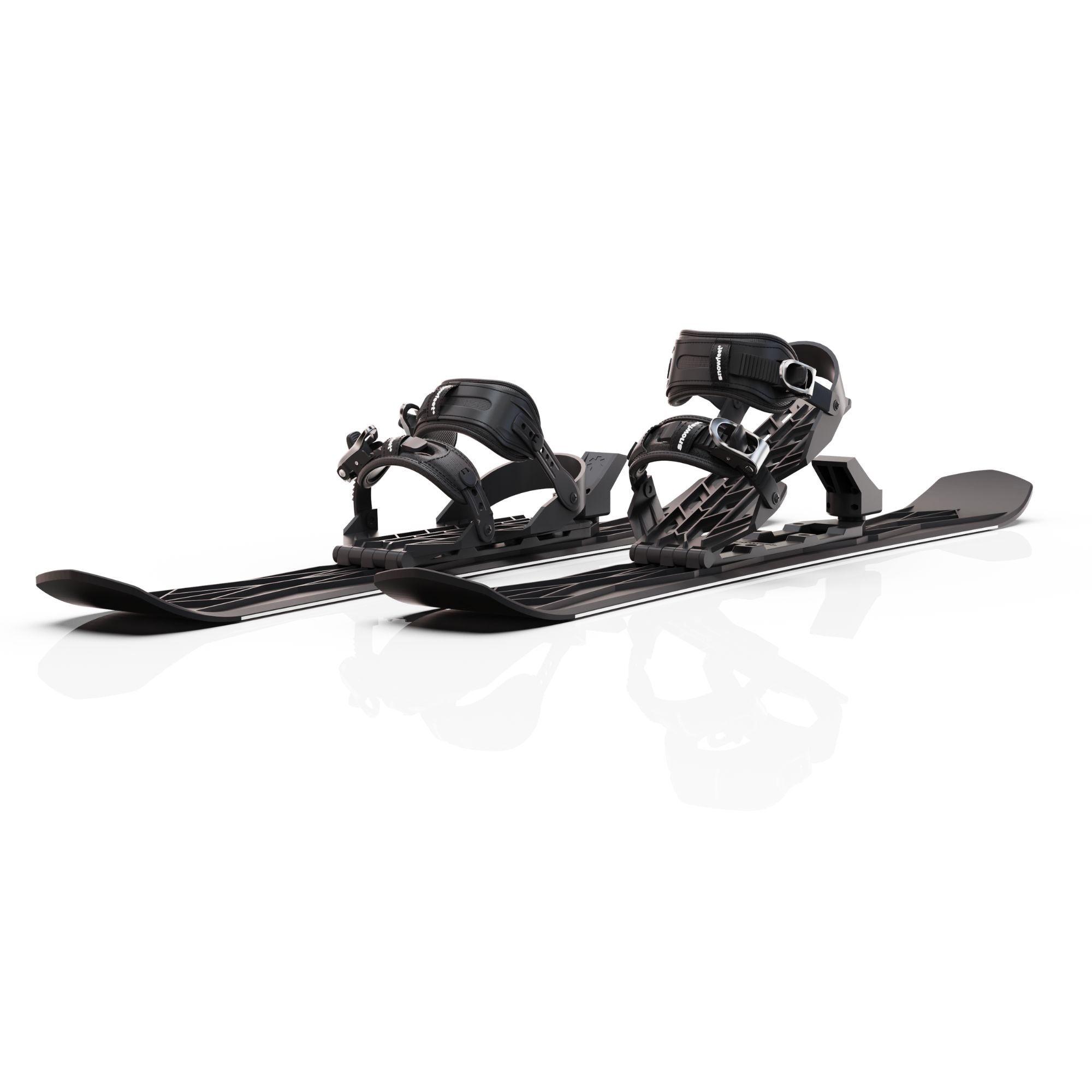

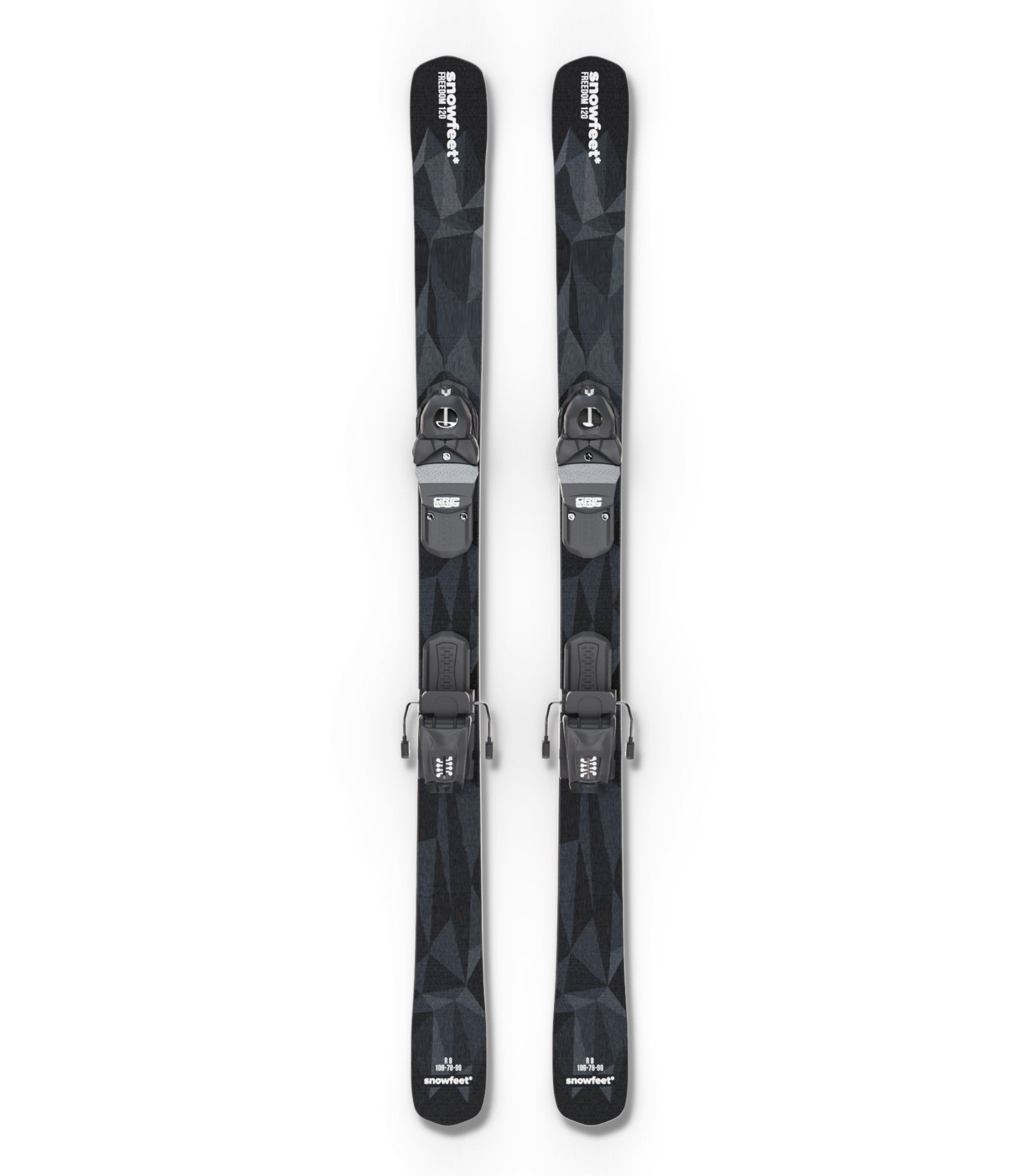
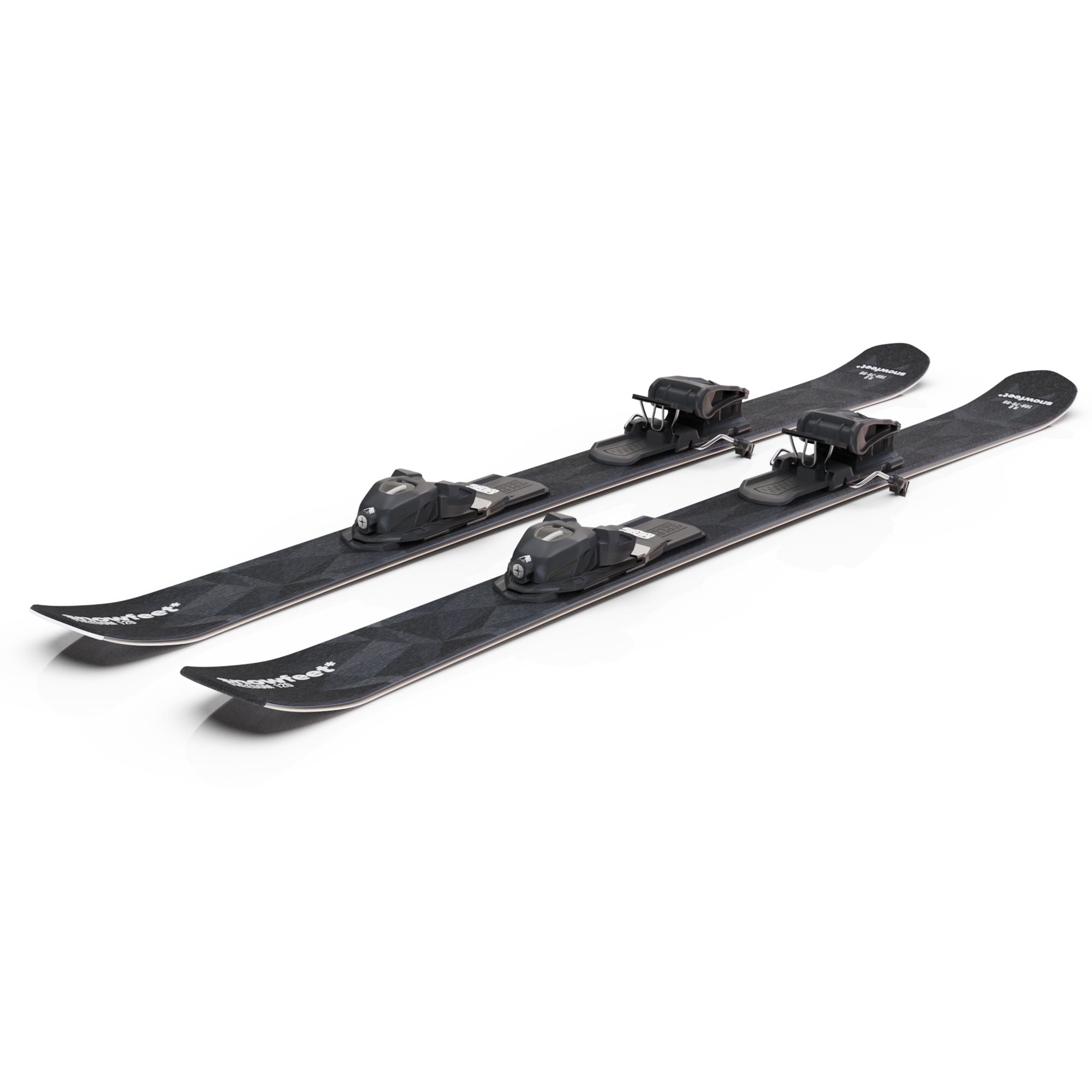
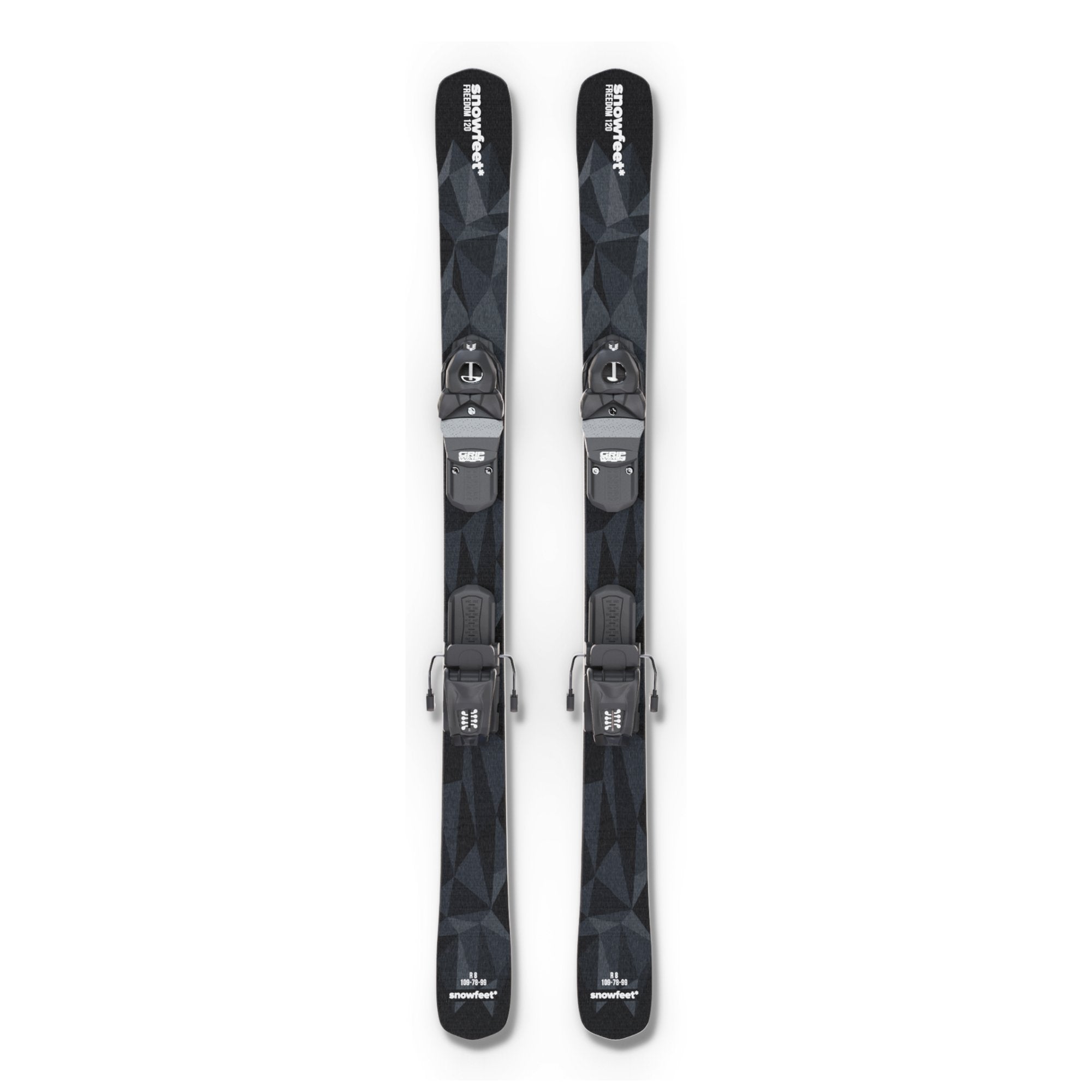
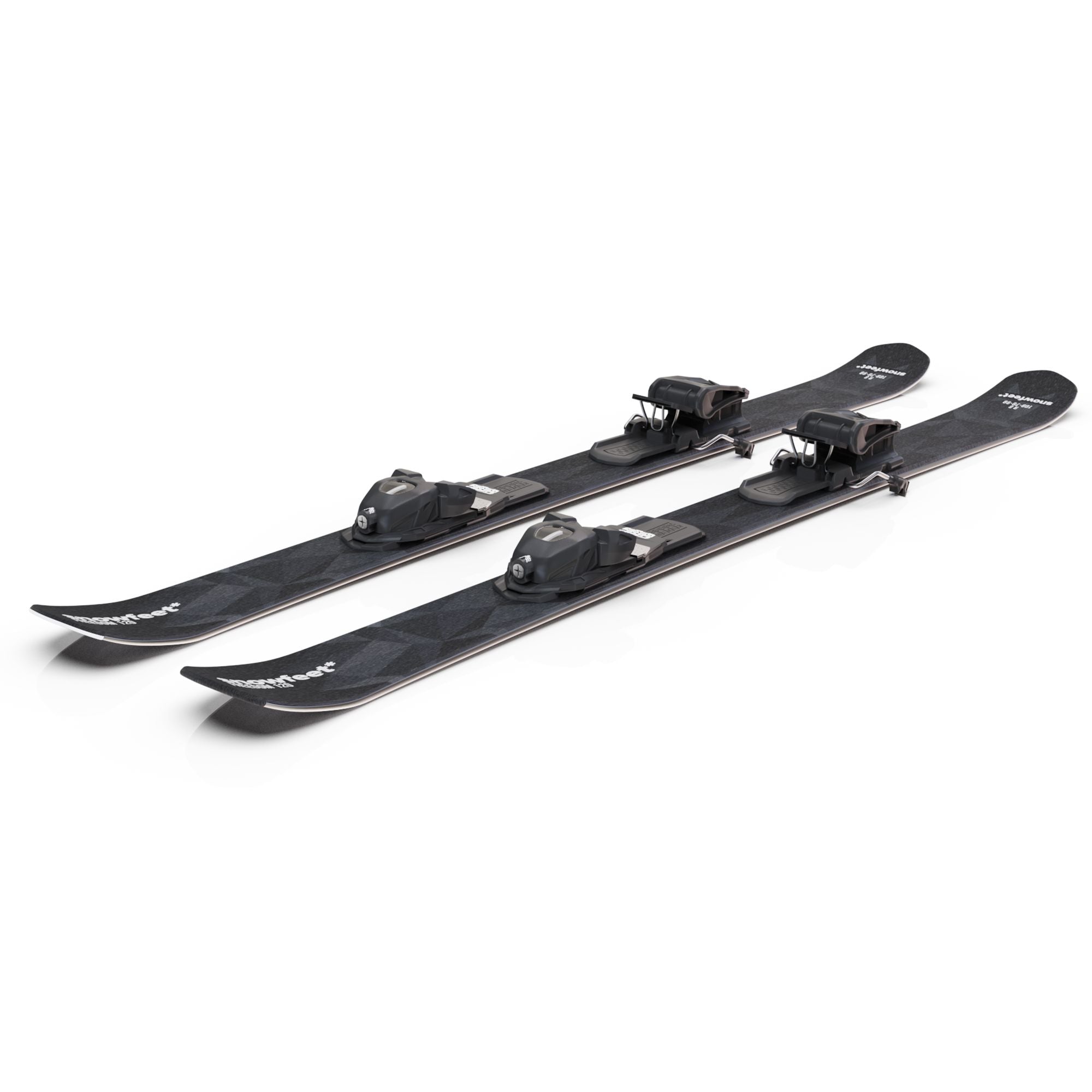
Napsat komentář
Tento web je chráněn službou hCaptcha a vztahují se na něj Zásady ochrany osobních údajů a Podmínky služby společnosti hCaptcha.